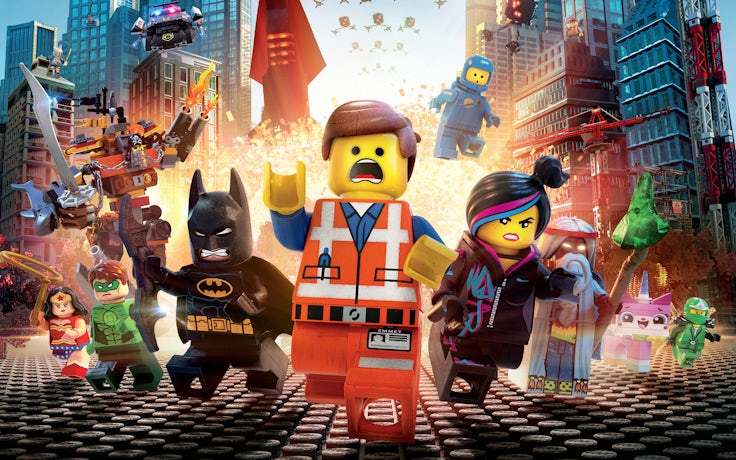Rubik’s Cube on its transition from toy to brand
The iconic Rubik’s Cube toy is making a play for advertisers as it aims to re-establish itself as a ‘lifestyle brand’ and recapture the buzz that surrounded it in the 1980s.

The cube-shaped puzzle has appointed The Smiley Company as its first master licensee outside the puzzle category as it aims to expand beyond toys. As part of the tie-up, Rubik’s is planning to launch a new clothing range, backpacks, iPhone apps, glasses, educational books and even a drinks range.
Hayley Woodward, head of marketing for the Rubik’s brand, says there will also be a strong product placement strategy so that the cube appears more consistently within above the line advertising.
The Rubik’s Cube featured heavily in Avocado’s From Mexico‘s ad, which featured aliens laughing at human artefacts, for this year’s Super Bowl. Woodward says the ad, which has more than three million views on YouTube, was a pivotal moment.
She told Marketing Week: “The Super Bowl created a real uplift in attention for Rubik’s – it was a huge moment for us. Over recent years, we’ve also had celebrities such as Justin Bieber playing with the cube so the internet has helped us massively. It is helping us to recapture some of that 1980s buzz.
“We’ve already been contacted by a lot of luxury lifestyle brands about our new plans and ad agencies about featuring the Cube in their campaigns. But the more high-end partners are who we’re trying to attract.”
This strategy has already had success, with the Cube featuring in a recent catwalk show from fashion designer Anya Hindmarch. In particular, the new strategy and its product ranges will focus on three areas – contemporary, urban and geek.

Woodward explained: “The signature category will refocus on the core product while real geek is for the cult following. We also see a lot of opportunities in publishing and we want to launch books that really bring out the educational aspect of the cube.
“There is a real nostalgia factor right now among consumers. Parents want to introduce their kids to the toys of the past but there’s also real hunger among the younger generation too to tap into that quirkiness. We expect more and more brands to want to align with nostalgic items.
Rubik’s Cube generated $111m in retail sales last year, according to Woodward. This made it the number one selling toy in Walmart for 2015.
And with 400 million Rubik’s Cube sold since 1980, Woodward says its 98% global brand awareness makes it attractive to third parties.
She concluded: “Right now the Rubik’s Cube is seen as a toy but once we’re finished we want it to be seen as a brand.
“No cultural context is required for the cube, there are no language barriers and it has a status of being seen as both smart and clever. Featuring it for just two seconds in an ad can make a huge difference.”






